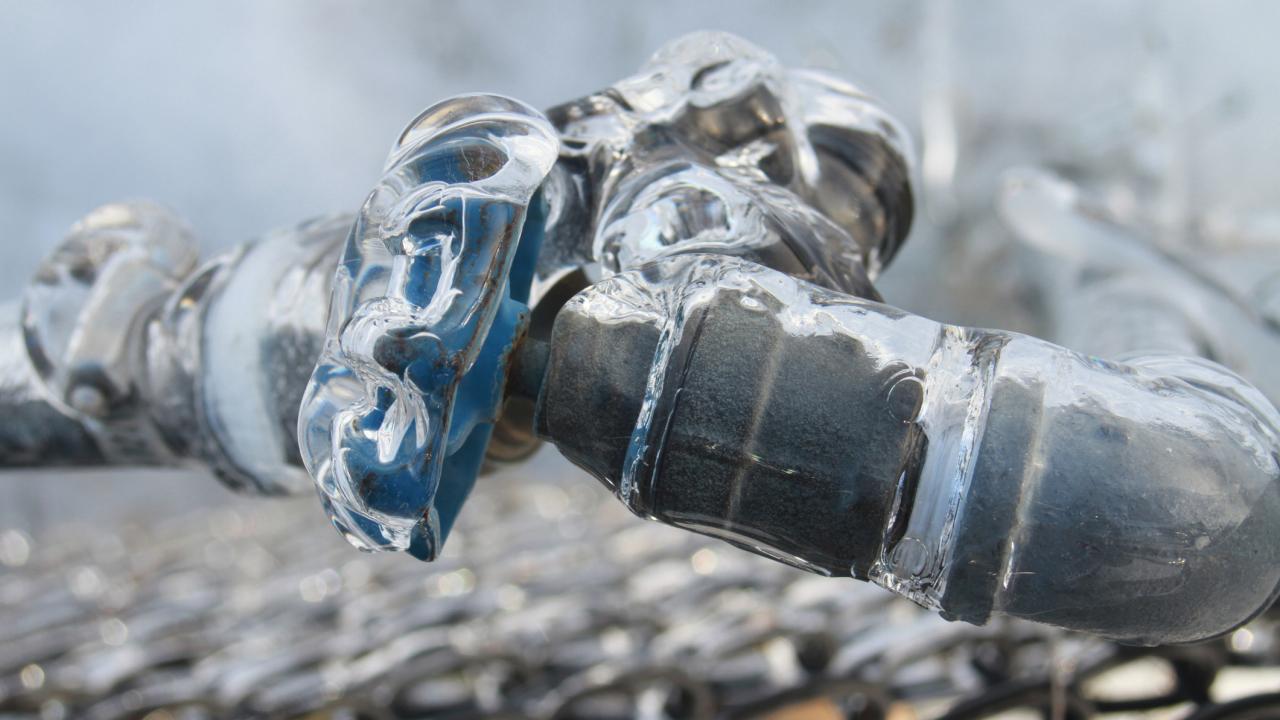Guidance for Avoiding Frozen Plumbing in Cold Weather: Specialist Insights
Guidance for Avoiding Frozen Plumbing in Cold Weather: Specialist Insights
Blog Article
The publisher is making a few great points about How to Prevent Your Pipes From Freezing as a whole in this article followed below.

Cold weather can ruin your plumbing, specifically by freezing pipes. Here's just how to stop it from taking place and what to do if it does.
Intro
As temperature levels decrease, the danger of icy pipes increases, potentially causing costly fixings and water damages. Understanding exactly how to stop icy pipes is vital for homeowners in cool climates.
Understanding Icy Pipelines
What triggers pipelines to freeze?
Pipelines ice up when revealed to temperatures listed below 32 ° F (0 ° C) for extended durations. As water inside the pipes freezes, it broadens, taxing the pipeline wall surfaces and possibly triggering them to break.
Risks and damages
Frozen pipes can result in water system disruptions, home damages, and expensive repair work. Ruptured pipelines can flood homes and cause extensive architectural damages.
Indicators of Frozen Pipeline
Determining icy pipelines early can stop them from rupturing.
Just how to determine icy pipes
Look for decreased water circulation from taps, unusual smells or noises from pipelines, and visible frost on revealed pipelines.
Avoidance Tips
Insulating at risk pipelines
Wrap pipelines in insulation sleeves or utilize warmth tape to safeguard them from freezing temperature levels. Concentrate on pipes in unheated or exterior areas of the home.
Heating methods
Keep indoor rooms effectively warmed, especially areas with pipes. Open cabinet doors to enable cozy air to circulate around pipes under sinks.
Shielding Exterior Pipes
Yard tubes and outside taps
Separate and drain garden pipes before winter. Set up frost-proof spigots or cover exterior faucets with protected caps.
What to Do If Your Pipes Freeze
Immediate activities to take
If you presume frozen pipes, maintain faucets open up to eliminate stress as the ice thaws. Use a hairdryer or towels taken in hot water to thaw pipelines gradually.
Long-Term Solutions
Architectural changes
Take into consideration rerouting pipelines far from outside walls or unheated areas. Add added insulation to attic rooms, basements, and crawl spaces.
Updating insulation
Buy top notch insulation for pipes, attics, and wall surfaces. Correct insulation aids keep constant temperatures and decreases the risk of frozen pipelines.
Final thought
Stopping frozen pipelines calls for proactive procedures and fast reactions. By recognizing the causes, indications, and safety nets, home owners can safeguard their pipes during cold weather.
5 Ways to Prevent Frozen Pipes
Drain Outdoor Faucets and Disconnect Hoses
First, close the shut-off valve that controls the flow of water in the pipe to your outdoor faucet. Then, head outside to disconnect and drain your hose and open the outdoor faucet to allow the water to completely drain out of the line. Turn off the faucet when done. Finally, head back to the shut-off valve and drain the remaining water inside the pipe into a bucket or container. Additionally, if you have a home irrigation system, you should consider hiring an expert to clear the system of water each year.
Insulate Pipes
One of the best and most cost-effective methods for preventing frozen water pipes is to wrap your pipes with insulation. This is especially important for areas in your home that aren’t exposed to heat, such as an attic. We suggest using foam sleeves, which can typically be found at your local hardware store.
Keep Heat Running at 65
Your pipes are located inside your walls, and the temperature there is much colder than the rest of the house. To prevent your pipes from freezing, The Insurance Information Institute suggests that you keep your home heated to at least 65 degrees, even when traveling. You may want to invest in smart devices that can keep an eye on the temperature in your home while you’re away.
Leave Water Dripping
Moving water — even a small trickle — can prevent ice from forming inside your pipes. When freezing temps are imminent, start a drip of water from all faucets that serve exposed pipes. Leaving a few faucets running will also help relieve pressure inside the pipes and help prevent a rupture if the water inside freezes.
Open Cupboard Doors
Warm your kitchen and bathroom pipes by opening cupboards and vanities. You should also leave your interior doors ajar to help warm air circulate evenly throughout your home.

I was shown that editorial about Prevent Frozen Pipes through an associate on our other blog. So long as you appreciated our blog entry plz remember to share it. Many thanks for being here. Please check up our blog back soon.
Click Here Report this page